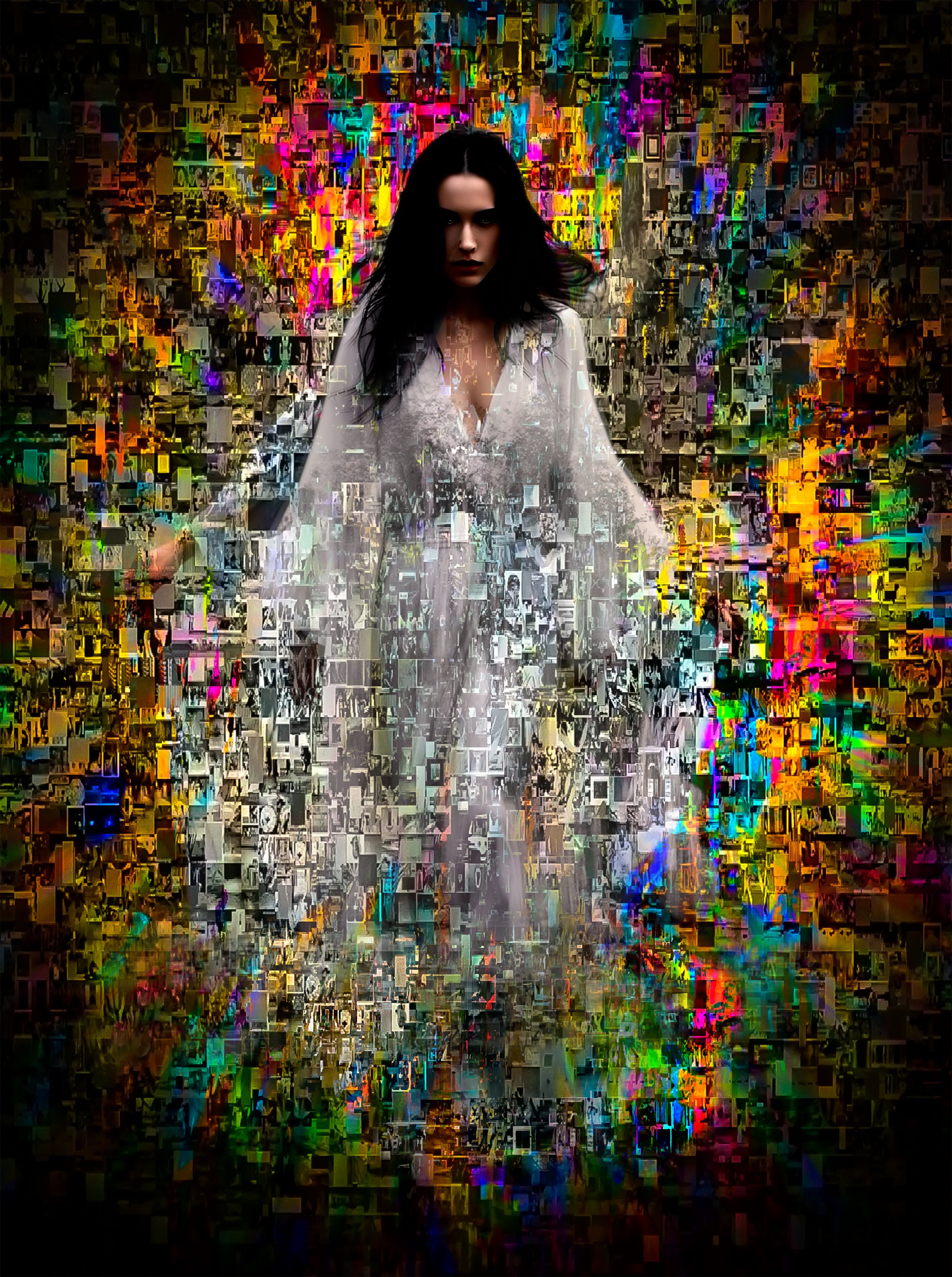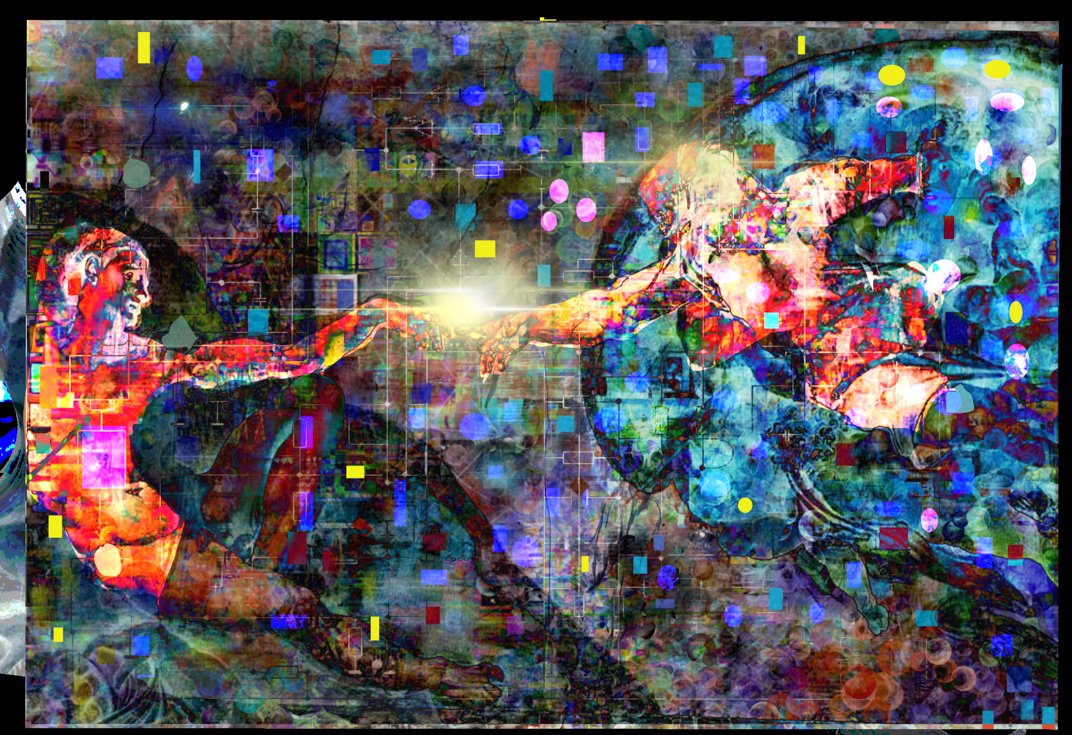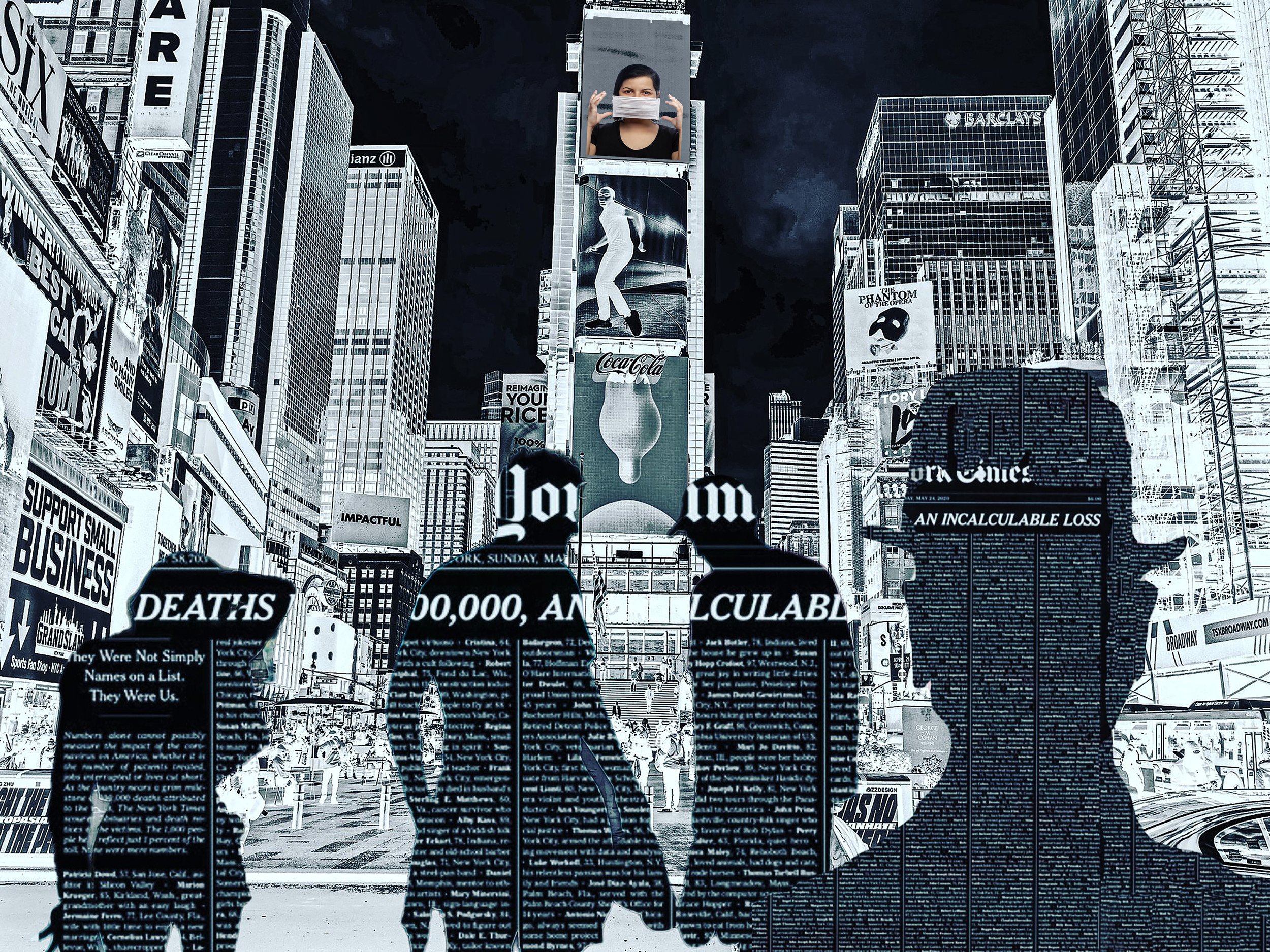“You don’t take a photograph, you make it.”
Ansel Adams
“You don’t take a photograph, you make it.”
Ansel Adams

















“You don’t take a photograph, you make it.”
Ansel Adams